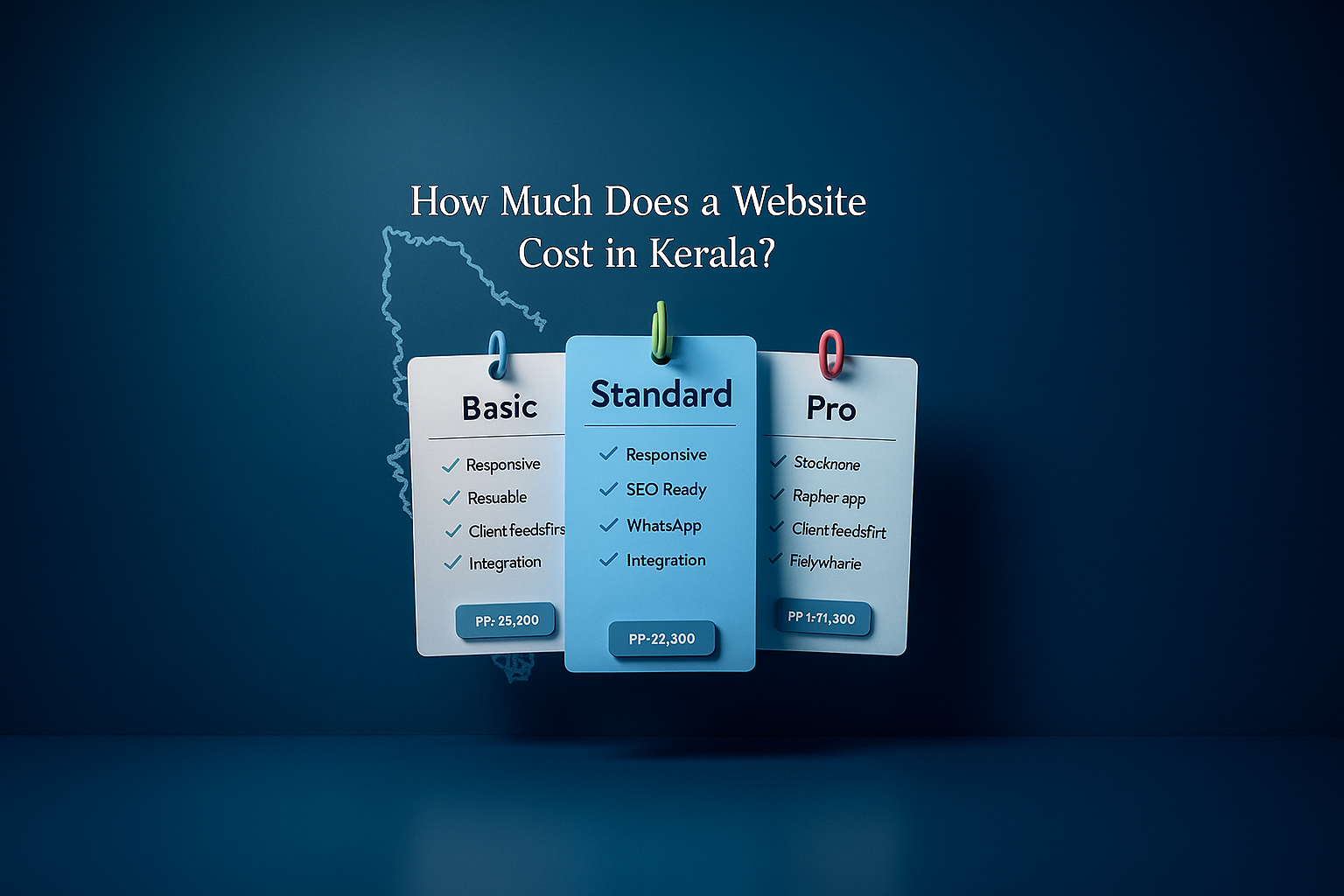Launching an MVP in 30 days isn’t just possible—it’s smart. In today’s startup landscape, speed trumps perfection. This guide uses psychological hooks, agile strategies, and proven frameworks to help you test, iterate, and grow.
1. Start With a Pain Point, Not a Feature
Customers don’t buy products. They buy solutions to problems. Use tools like customer interviews or Reddit deep-dives to identify real pain
2. Build a No-Code or Low-Code MVP
Tools like Webflow, WordPress, Bubble, or even WhatsApp bots let you launch faster. No-code isn't "cheap"—it's strategic. Your goal is validation, not perfection.
3. Create a Landing Page That Converts
Use copywriting psychology: clarity > cleverness. Start with a headline that names the problem, a subhead that promises the result, and a CTA that drives urgency.
4. Use Early Access Psychology
Scarcity and exclusivity are powerful. Add waitlists, countdown timers, or "limited beta" access to increase desire and urgency. Make users feel like insiders.
5. Feedback Loops = Gold
Launch to real users—even if it's 5. Use feedback to iterate weekly. Tools like Typeform + Notion or even WhatsApp chats are gold mines for insights.
MVP success is not about code. It's about clarity, speed, and execution..


Ready to bring your MVP to life? See our launch case studies or book a strategy call to build, validate
You don’t need VC funding to start.
You need
a clear idea, a smart MVP, and 30 focused
days.
Frequently Asked Questions
An MVP (Minimum Viable Product) is the simplest version of your product that solves a core user problem. It allows you to test and validate ideas before investing heavily in development.
Use a 4-week plan: Week 1 - Validate. Week 2 - Build. Week 3 - Prep launch. Week 4 - Launch and iterate. Stick to solving one core pain point.




